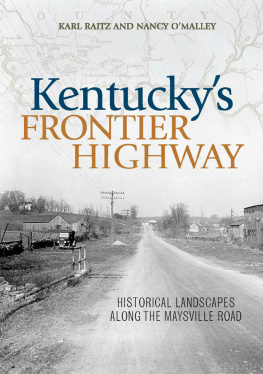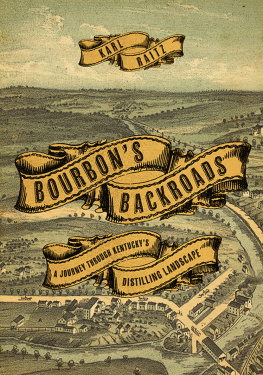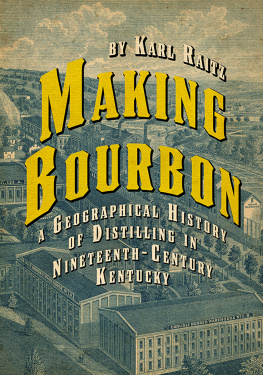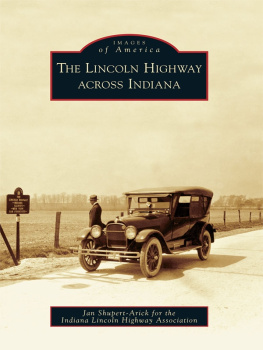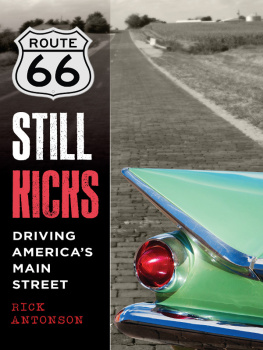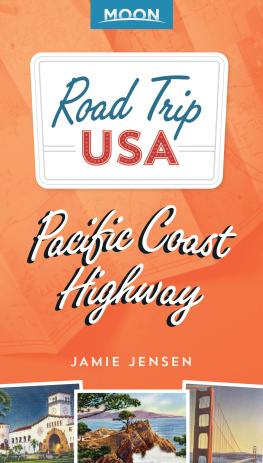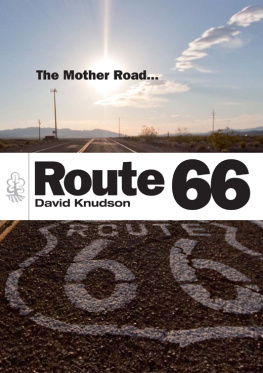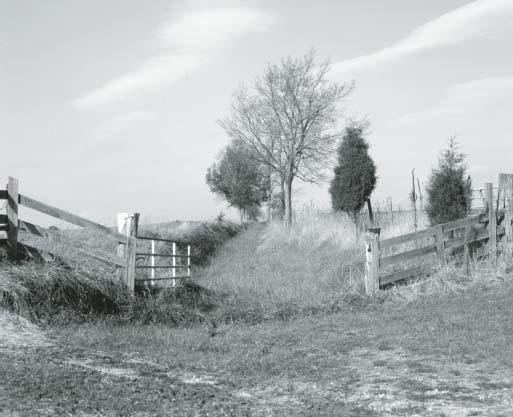Karl Raitz - Kentuckys Frontier Highway: Historical Landscapes Along the Maysville Road
Here you can read online Karl Raitz - Kentuckys Frontier Highway: Historical Landscapes Along the Maysville Road full text of the book (entire story) in english for free. Download pdf and epub, get meaning, cover and reviews about this ebook. year: 2012, publisher: The University Press of Kentucky, genre: Politics. Description of the work, (preface) as well as reviews are available. Best literature library LitArk.com created for fans of good reading and offers a wide selection of genres:
Romance novel
Science fiction
Adventure
Detective
Science
History
Home and family
Prose
Art
Politics
Computer
Non-fiction
Religion
Business
Children
Humor
Choose a favorite category and find really read worthwhile books. Enjoy immersion in the world of imagination, feel the emotions of the characters or learn something new for yourself, make an fascinating discovery.
- Book:Kentuckys Frontier Highway: Historical Landscapes Along the Maysville Road
- Author:
- Publisher:The University Press of Kentucky
- Genre:
- Year:2012
- Rating:3 / 5
- Favourites:Add to favourites
- Your mark:
Kentuckys Frontier Highway: Historical Landscapes Along the Maysville Road: summary, description and annotation
We offer to read an annotation, description, summary or preface (depends on what the author of the book "Kentuckys Frontier Highway: Historical Landscapes Along the Maysville Road" wrote himself). If you haven't found the necessary information about the book — write in the comments, we will try to find it.
Eighteenth-century Kentucky beckoned to hunters, surveyors, and settlers from the mid-Atlantic coast colonies as a source of game, land, and new trade opportunities. Unfortunately, the Appalachian Mountains formed a daunting barrier that left only two primary roads to this fertile Eden. The steep grades and dense forests of the Cumberland Gap rendered the Wilderness Road impassable to wagons, and the northern route extending from southeastern Pennsylvania became the first main thoroughfare to the rugged West, winding along the Ohio River and linking Maysville to Lexington in the heart of the Bluegrass.
Kentuckys Frontier Highway reveals the astounding history of the Maysville Road, a route that served as a theater of local settlement, an engine of economic development, a symbol of the national political process, and an essential part of the Underground Railroad. Authors Karl Raitz and Nancy OMalley chart its transformation from an ancient footpath used by Native Americans and early settlers to a central highway, examining the effect that its development had on the evolution of transportation technology as well as the usage and abandonment of other thoroughfares, and illustrating how this historic road shaped the wider American landscape.
The authors demonstrate quite convincingly that rich local history lies along our roads. They unearthed an abundance of behind-the-scenes information that is invisible to us as we barrel down the highway. It should give all readers pause to consider how much more they could know about the places they travel through. Craig E. Colten, author of Perilous Place, Powerful Storms: Hurricane Protection in Coastal Louisiana
A very well researched and well-written book that makes a significant contribution to the study of American roads, U.S. settlement history, and Kentucky history in particular. The authors approach is broad and multifaceted, well organized, and keenly focused on the myriad aspects of an important path, the land and time it transits. This is a fine holistic study of an important and complex road and its many geographical and historical components. Drake Hokanson, author of Lincoln Highway: Main Street across America
This notable and ably-illustrated volume . . . captures the rigors of frontier Appalachian geography and the utter ingenuity of diverse peoples bent on moving west. The road is perhaps the greatest of American themes?it encapsulates freedom, mobility, possibility, escape, commerce, crime and calumny, adventure, and romance. Thank goodness we have these two able storytellers to give us the narrative of the Maysville Road. Paul F. Starrs, Regents & Foundation Professor of Geography (University of Nevada), and recipient, J.B. Jackson Prize, Association of American Geographers
Karl Raitz: author's other books
Who wrote Kentuckys Frontier Highway: Historical Landscapes Along the Maysville Road? Find out the surname, the name of the author of the book and a list of all author's works by series.

